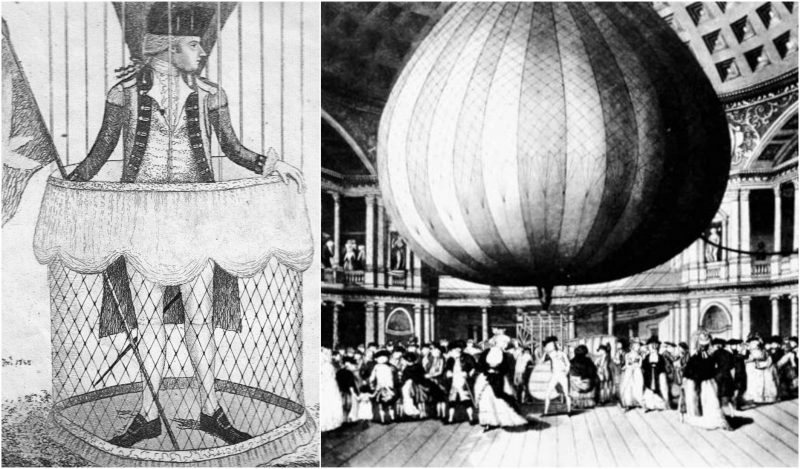Vicenzo Lunardi was an Italian diplomat and pioneering Aeronaut. He was born in Naples, but he traveled to France due to his diplomatic service there. In 1780, Prince Caramanico had been appointed the ambassador of Naples in London and took Lunardi as his Secretary.
All their diplomatic work in England might have been entirely irrelevant, as there are only records of Lunardi’s contribution to aeronautics.
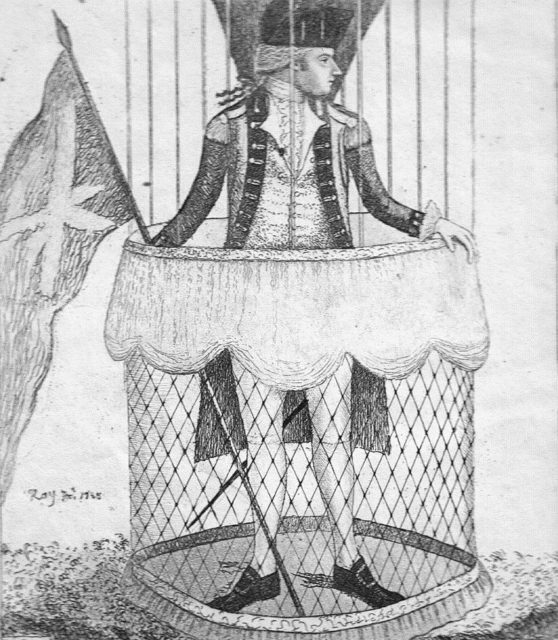
At the time when the two Italian fellows arrived in England, there was a flying craze spreading in France and Scotland. The balloon was invented in France, while in Scotland, the aeronaut James Tytler was spreading the fantastic idea about flying. However, the English were too skeptical about it and so, on 15 September 1784, George Biggin and Vincent Lunardi, known later as “The Daredevil Aeronaut” got into a hydrogen balloon and demonstrated a flight at the Artillery Ground of the Honourable Artillery Company in London.
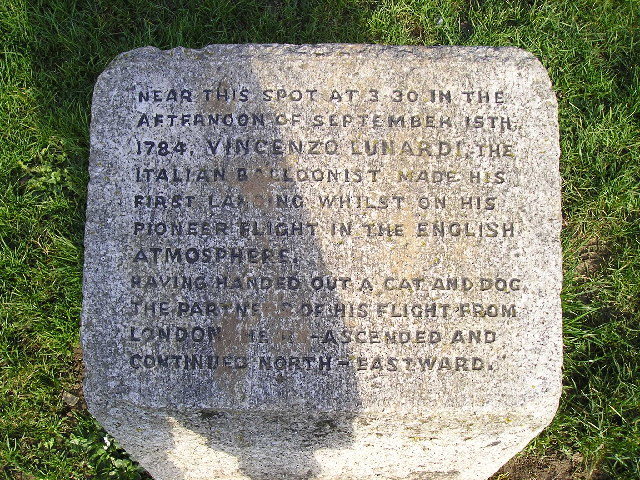
During the performance of the flight, Biggin was late, while the crowd of 200,000, amongst which was the Prince of Wales and an eminent statesman, was growing impatient and so the young Italian diplomat had to take off on his own. Which he did, with a bag not completely inflated, and accompanied by a cat, a dog, and a caged pigeon. Not only that, Lunardi did a successful flight from the Artillery Ground to Standon Green End, and he also made a stop in Welham Green, to leave the cat who seemed a bit airsick. To commemorate his landing, his first stop in Welham Green is called the Balloon Corner to this day.
It was a 24-mile flight that brought Lunardi fame, and ballooning inspired the fashions of the day, with clothes being decorated with balloons. In Scotland, a ballon-shaped 600 mm tall standing bonnet was named the Lunardi Bonnett. Even Robert Burns had written a poem about Jenny, a young woman who had a louse scampering in her Lunardi bonnet, called “But Miss’s fine Lunardi, fye.”
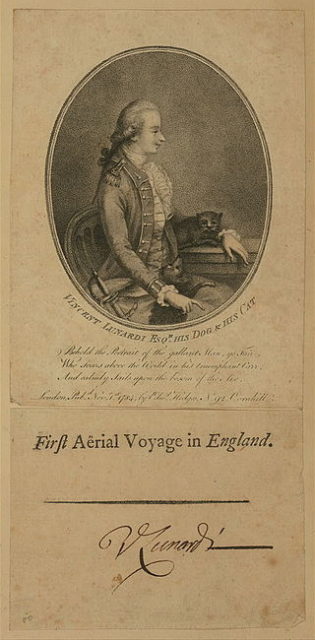
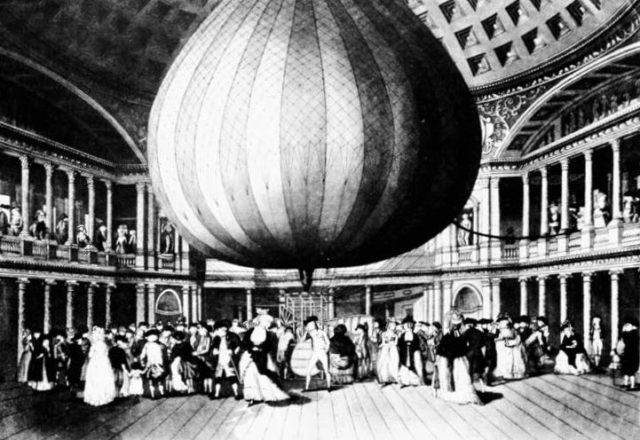
The next flight was performed in June 1785, and the balloon left from St George’s Fields on the south side of the Thames. It was supposed to fly off with Lunardi, Biggin, and two invitees, Colonel Hastings and Letitia Ann Sage in the basket, but it couldn’t take off because of the weight, so Lunardi and Hastings stepped down. Biggin and Sage flew for 90 minutes and landed at a farm near Harrow where they had to be rescued from a group of boys and an angry farmer whose crops were damaged. The flight made Mrs. Sage the first English female to fly.
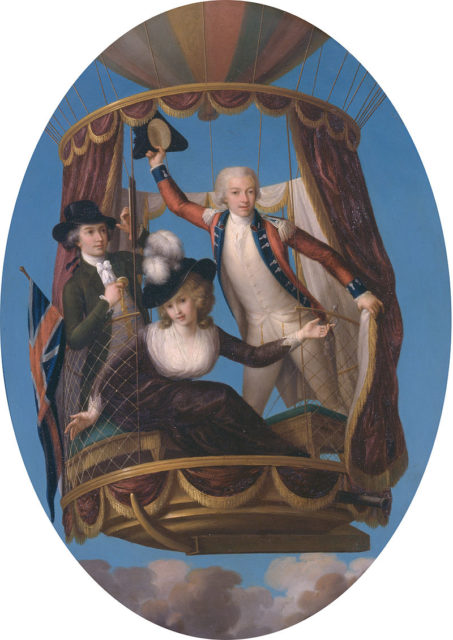
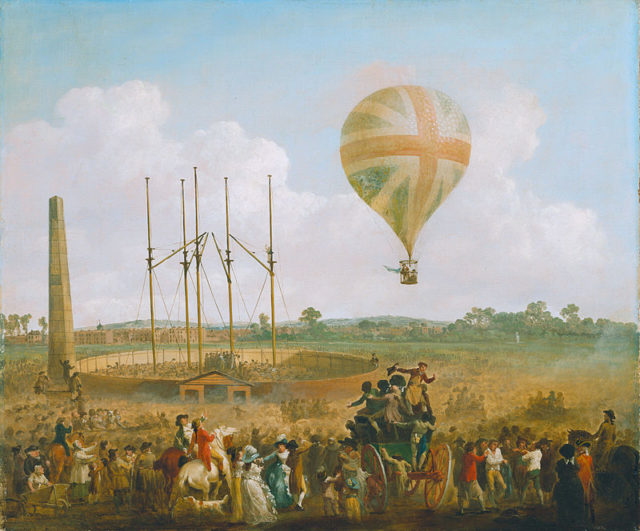
The Italian aeronaut made flights in Liverpool, Glasgow, and Edinburgh. In “The Scots Magazine” it had been written that “the beauty and grandeur of the spectacle could only be exceeded by the cool, intrepid manner in which the adventurer conducted himself; and indeed he seemed infinitely more at ease than the greater part of his spectators”.
On 23 November 1785, The Daredevil Aeronaut performed a majestic two-hour flight in his Grand Balloon, covering 110 miles in, taking off from St. Andrew’s Square in Glasgow and passing over Hamilton and Lanark before landing in Hawick, near the border with England. There are a few plaques in Scotland that commemorate Lunardi’s flights, although some of those weren’t very astonishing and caused some incidents. In 1786, he published “An Account of Five Aerial Voyages in Scotland” in a series of letters that he sent to his guardian, Gherardo Campagni.
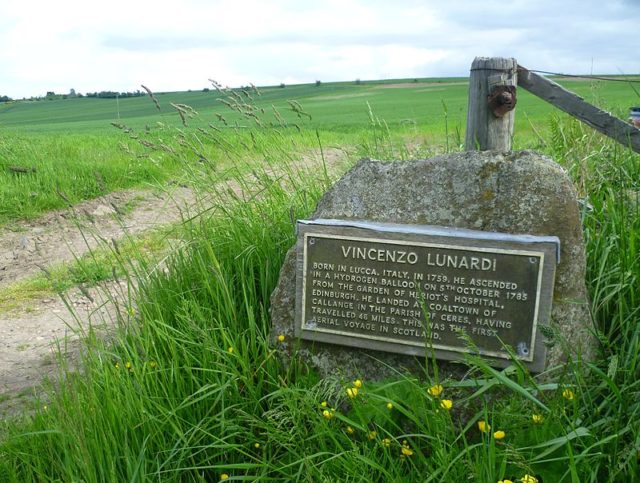
Unfortunately, during one of his launchings in 1786, Lunardi spilled vitriol on the ground and his assistants who held the restraints of the balloon, fled, while one of them, the son of the under-sheriff of Northumberland, had a rope twisted around his hand, was unable to release himself, and was drawn up into the air. The boy fell to the ground and later died from the injuries. The incident was followed by a critical response that made the Aeronautical Daredevil leave Britain.
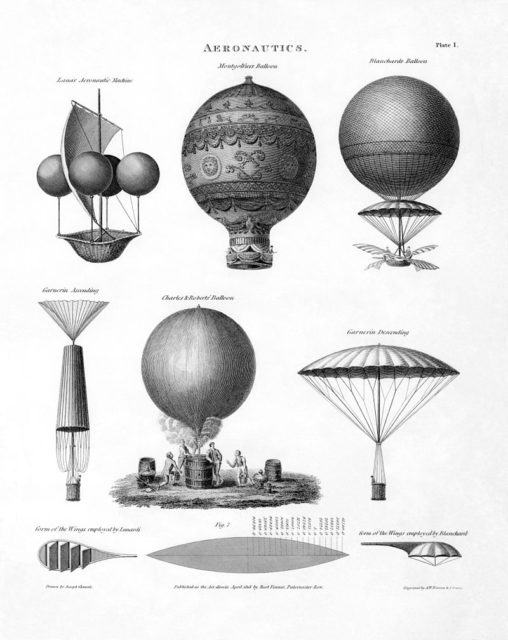
Lunardi took his balloon to Italy, Portugal, and Spain. In 1789, he flew near Mt. Vesuvius, and in the following year, he successfully arrived in Sicily after a two-hour flight.
Here is another story from us: Montgolfier brothers- the inventors of the hot-air balloon
Later, Lunardi invented the “aquatic machine,” a lifesaving device for shipwrecked people. It was a kind of one-man lifeboat, with an oar for steering, which he successfully tested in 1787. He lived mainly in Portugal and died in Lisbon, in 1806.
